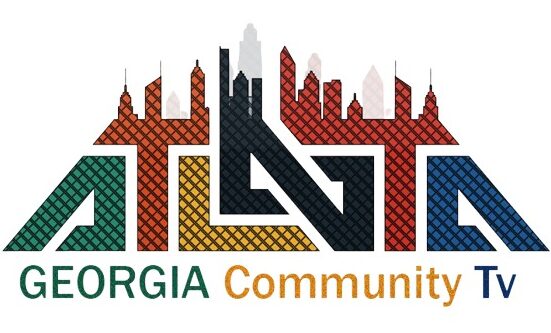What China Wants in Panama: More Trade, Projects and Influence

You have a preview view of this article while we are checking your access. When we have confirmed access, the full article content will load.
Beijing’s efforts to expand its reach in the country have hit several obstacles, in part because of American pressure.

There was talk of a high-speed rail line that China would build in Panama. A new subway line in Panama City. A modern container port.
China has been working to build ties and influence in Panama for years, part of its broader ambition to expand its footprint in Latin America. The effort has had some successes, but also plenty of setbacks.
In 2017, China scored a major victory when Panama cut diplomatic ties with Taiwan, the self-governing island that China claims as its territory, and recognized Beijing instead. Panama had been one of the few countries worldwide to recognize Taiwan as a sovereign state.
The following year, Panama became the first Latin American country to sign onto the Belt and Road Initiative, the Chinese leader Xi Jinping’s signature global infrastructure program, which is aimed at enlarging China’s geopolitical heft and countering American influence.
Promises
A flurry of ambitious promises followed. China proposed to build a 250-mile high-speed rail line from Panama City, the capital, toward the western border with Costa Rica. It offered to help build a new subway line in Panama City. A consortium of Chinese companies, led by the conglomerate Landbridge, began developing a container port that was promised to be Panama’s most modern one.
A Chinese state-owned company also won a $1.4 billion contract to build a fourth bridge over the Panama Canal. Eventually, the two countries said they would negotiate a free-trade agreement.






